How Some Alcoholic Beverage Brands Are Shaking Up the Industry Landscape
The last few years have been an interesting ride for alcoholic beverage brands. The post-pandemic consumer landscape looks drastically different from the one we left behind. As consumer behaviors and preferences evolve and marketing techniques become smarter, leaders in the beverage industry aim to adapt their strategies and tactics in light of trends. From alcohol delivery apps to interactive advertising campaigns, alcohol makers are becoming increasingly creative to stay ahead of the competition. It's important for beverage producers to stay ahead of the game by examining 2023 marketing trends and what they mean for your business.

Online Sales v. Brick-and-Mortar
Growth in online sales continues to outpace sales in brick-and-mortar stores. In April 2020, alcoholic beverage brands reported online sales increased by a whopping 387%. Prior to the (somewhat forced) exploration into online alcohol shopping for consumers, online sales had been something of an afterthought for the average consumer. However, with the pandemic and its restrictions on traditional retail establishments, online sales for beer, liquor and wine have grown rapidly – its convenience making it an increasingly attractive option. By cutting out middlemen and having direct delivery of alcohol products to one's doorstep, online sales make it possible to stock up wine cellars or craft beer fridges without ever leaving the house. Furthermore, online shopping allows customers to compare prices and product reviews to find the best items in their own time – especially helpful if you are not yet a connoisseur.
Depending on the state or city, online alcohol retailers provide customers with virtual access to their favorite local and imported brands at reasonable prices. Not only can consumers make purchases online while avoiding busy stores and endless lines, but online sales have also allowed those who can’t find their desired drinks locally – either due to limited nearby selection or availability – an opportunity to find what they need online. The accessibility of online alcohol sales through retailers and on-demand delivery services like
Drizly has significantly and irrevocably shaped the way we acquire our booze.
Premium, please
Continuing a trend that has held fast for the last 15 years, premiumization continues to impact the industry. Consumers want to know that their hard-earned dollars are purchasing high quality ingredients, and they are more invested in brand stories – an emotional connection with the who, what, where and why of how the product is made. They are also demanding a higher than ever sense of confidence in the brands they are choosing and want to know that the brand in question aligns with their worldview. Initiatives such as DEI (diversity, equity and inclusion) and sustainability are beginning to pay dividends to the brands that have woven these authentic journeys into their marketing.
Eco-friendly FTW
Sustainability is more than a buzzword in the alc bev industry these days. Customers are more actively basing their purchasing decisions on a broader sense of brand confidence. They want to feel good about where they are spending their dollars and they are willing to pay more to feel that confidence. Seventy-three percent of consumers claim a willingness to pay a premium for sustainable beverage options, with that number only climbing among the younger demographic. Companies are investing big bucks and significant time and effort into meeting sustainability and biodynamic certification goals as part of larger strategies to benefit their bottom line, the planet and their industry at large. Investing in sustainability technology to better track the impact of these efforts will be key over the next decade as more companies embrace these initiatives.
NoLo Fomo?
No- or low-alcohol content drinks are consistently showing market growth since a boom in availability post-pandemic. The IWSR predicts that the production volume of no- and low-alcohol drinks will increase an additional 31% by 2024 to meet growing consumer demand. “What we’re seeing is a moderation trend that’s sweeping across key global markets, and that’s bringing with it increased demand for reduced-alcohol or alcohol-free drinks,” says IWSR CEO Mark Meek.
This has also heralded some BIG brands breaking with tradition to create NoLo-friendly options. Among those making the biggest splash are corporate giants like Heineken and Diageo, and big-time product brands like Gordon’s and Tanqueray. Non-alcoholic beer is king in this arena — Crafted ERP customer,
Athletic Brewing, is currently holding 55% of that market share and reports
a three-year revenue growth of 13,071%.
For some, the brand narrative for hauling out the new options is all around health and wellness. But increasingly, adding NoLo options is storied as a part of a larger “premiumization” strategy — effectively destigmatizing serving and drinking 0.0-labeled beverages.
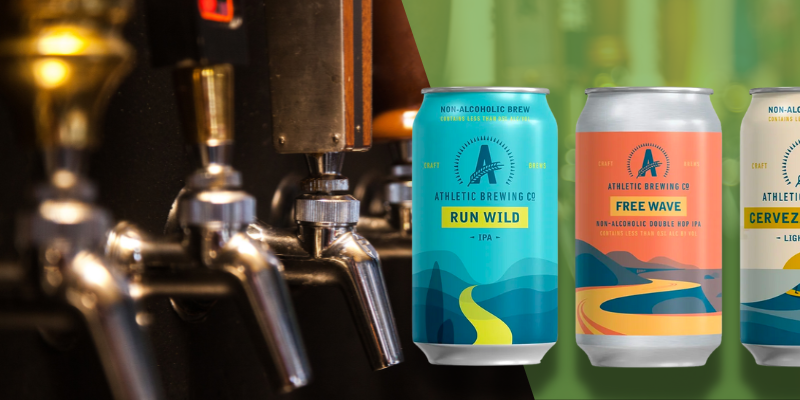
Girl Power
According to Forbes, in 2019 women, making up more than half of the U.S. population, had control or influence over 85% of consumer spending. (Hear us roar, amirite?) That influence has extended to a growing preference, even among men, for perceived “gender-neutral” drinks, and brands showing the strongest growth are ones favored by the female demographic, according to Kuhle Belu, consumer insights manager at Crafted customer Pernod Ricard. This revelation has many companies and brands pivoting to include women in their target market like never before.
So, what does the future of the alcoholic beverage industry look like? It's hard to say for sure, but we've discussed a few key trends here that are worth paying attention to. Premiumization is on the rise as consumers are looking for higher-quality products. Sustainability efforts are also becoming increasingly important, as companies strive to reduce their environmental impact and gain favor with eco-conscious consumers. Online sales are growing, too, as more and more consumers turn to e-commerce platforms to purchase their favorite drinks. Purchasing power among women is growing steadily - meaning that we can expect to see even more inclusion in terms of marketing efforts and product options (not to mention female-owned businesses) in this space.
These are just a few of the many trends shaping the alcoholic beverage industry landscape. To stay ahead of the curve, it's important to partner with a company that can help you navigate these changes. That's where Crafted ERP comes in. We specialize in helping businesses adapt to the ever-changing landscape of the alcohol industry. So if you're looking for a partner who can help you stay ahead of the curve, let’s chat!
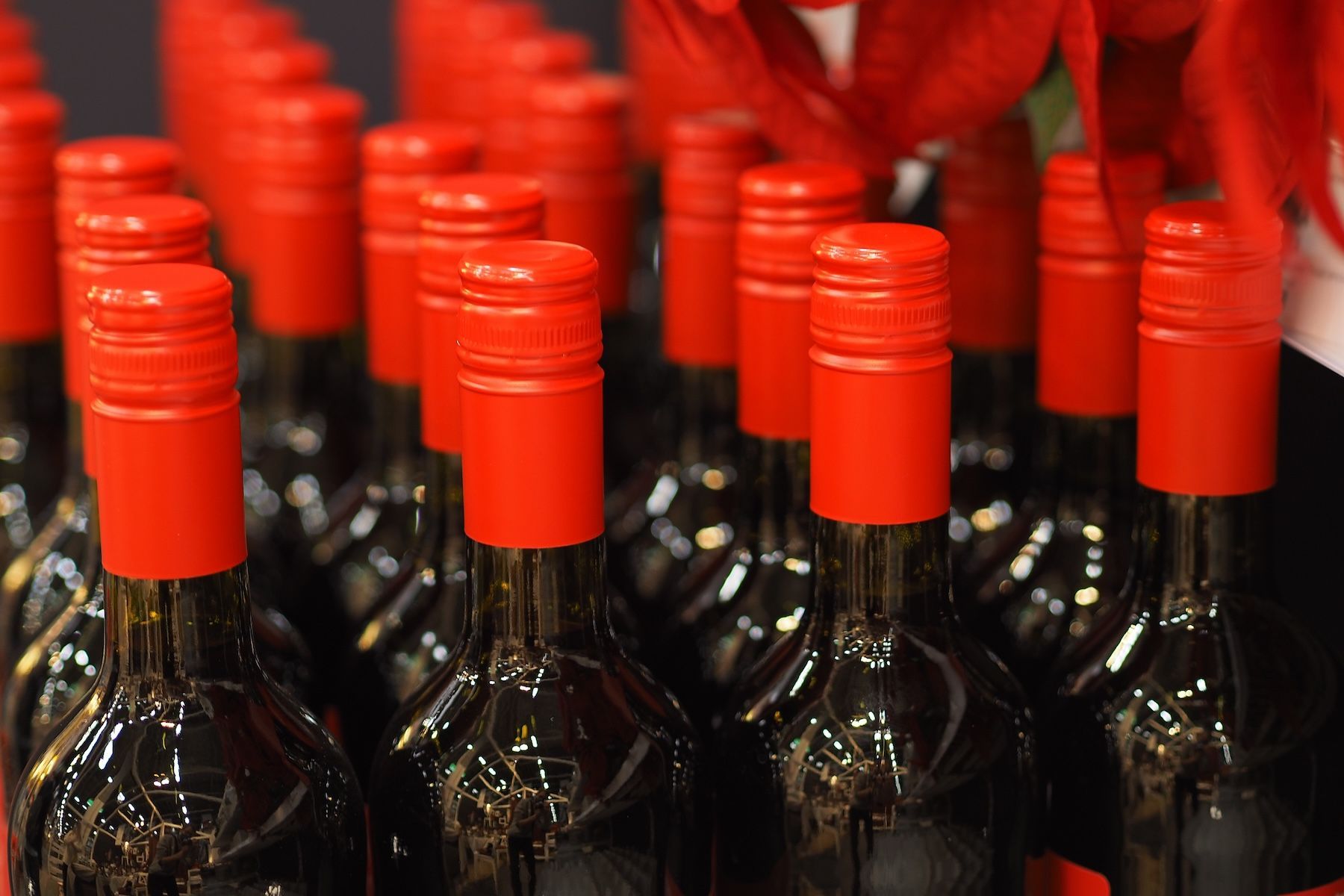
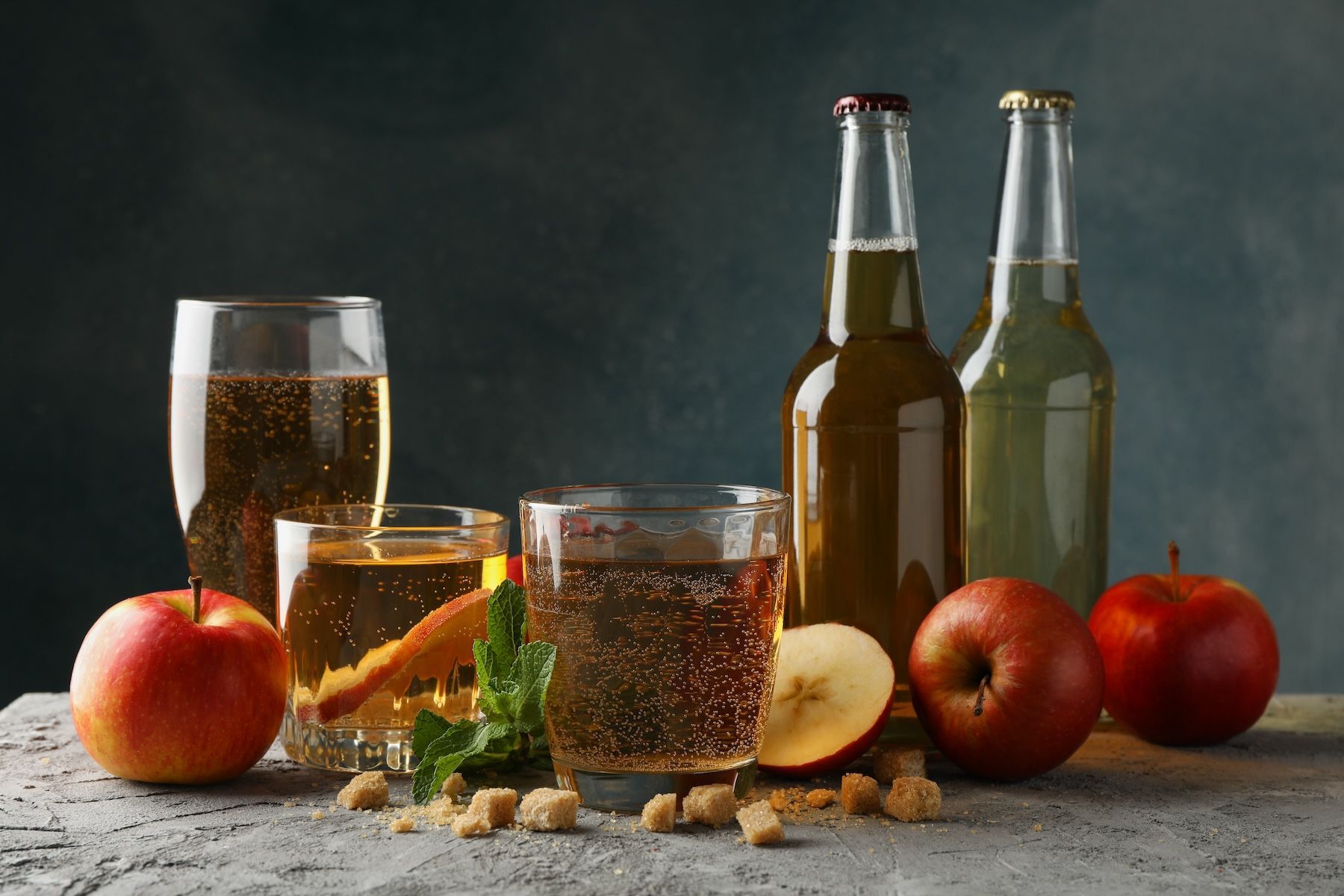

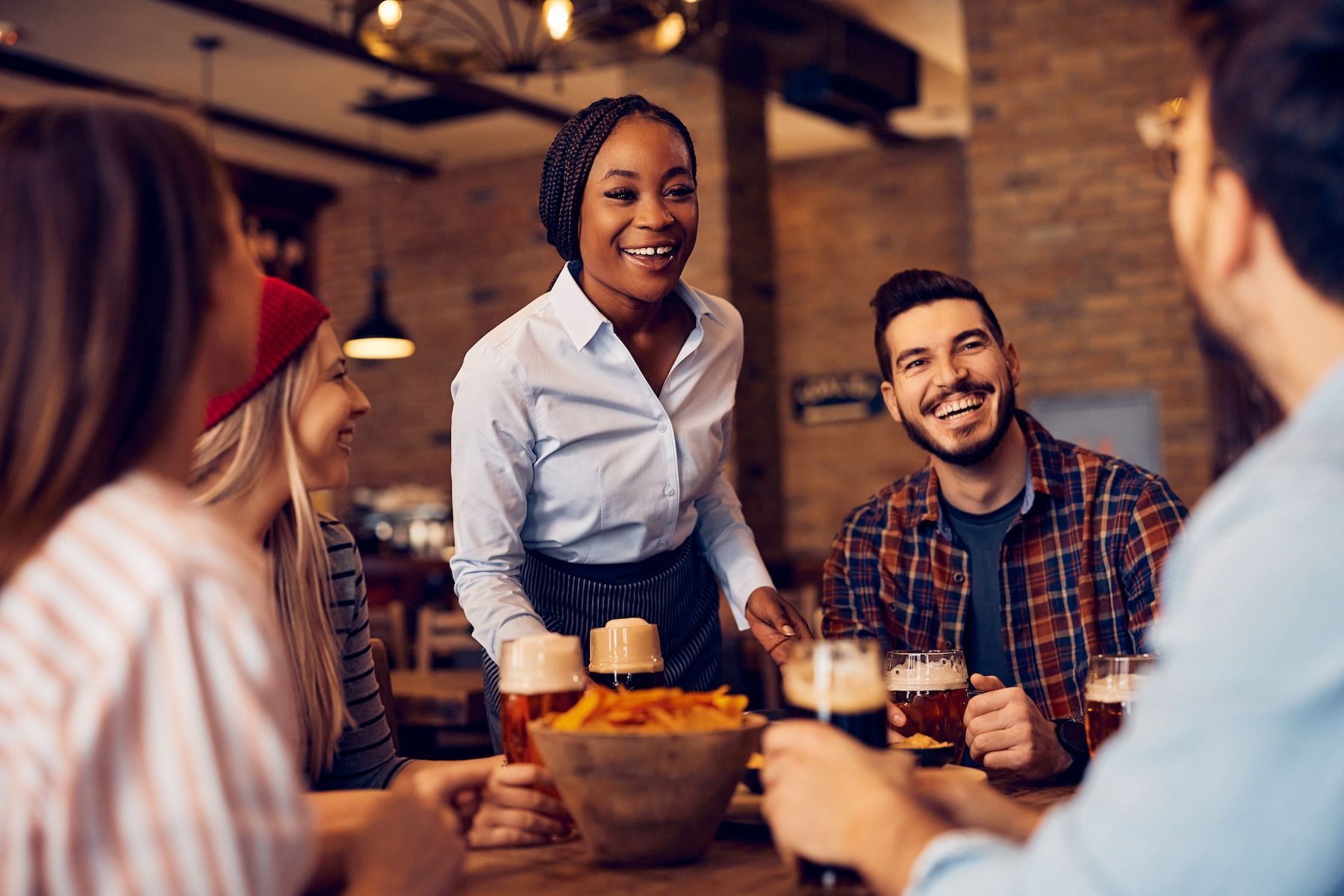
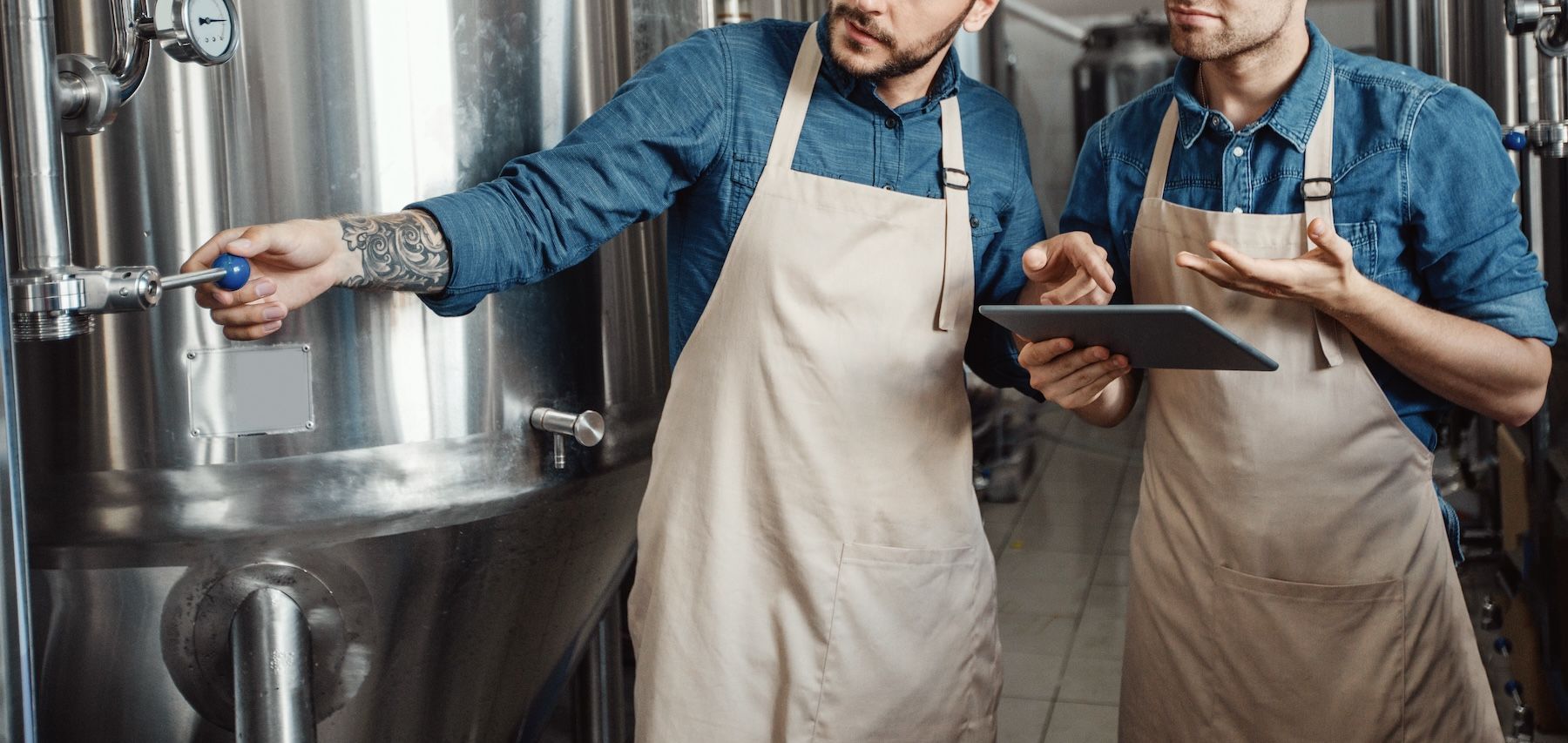
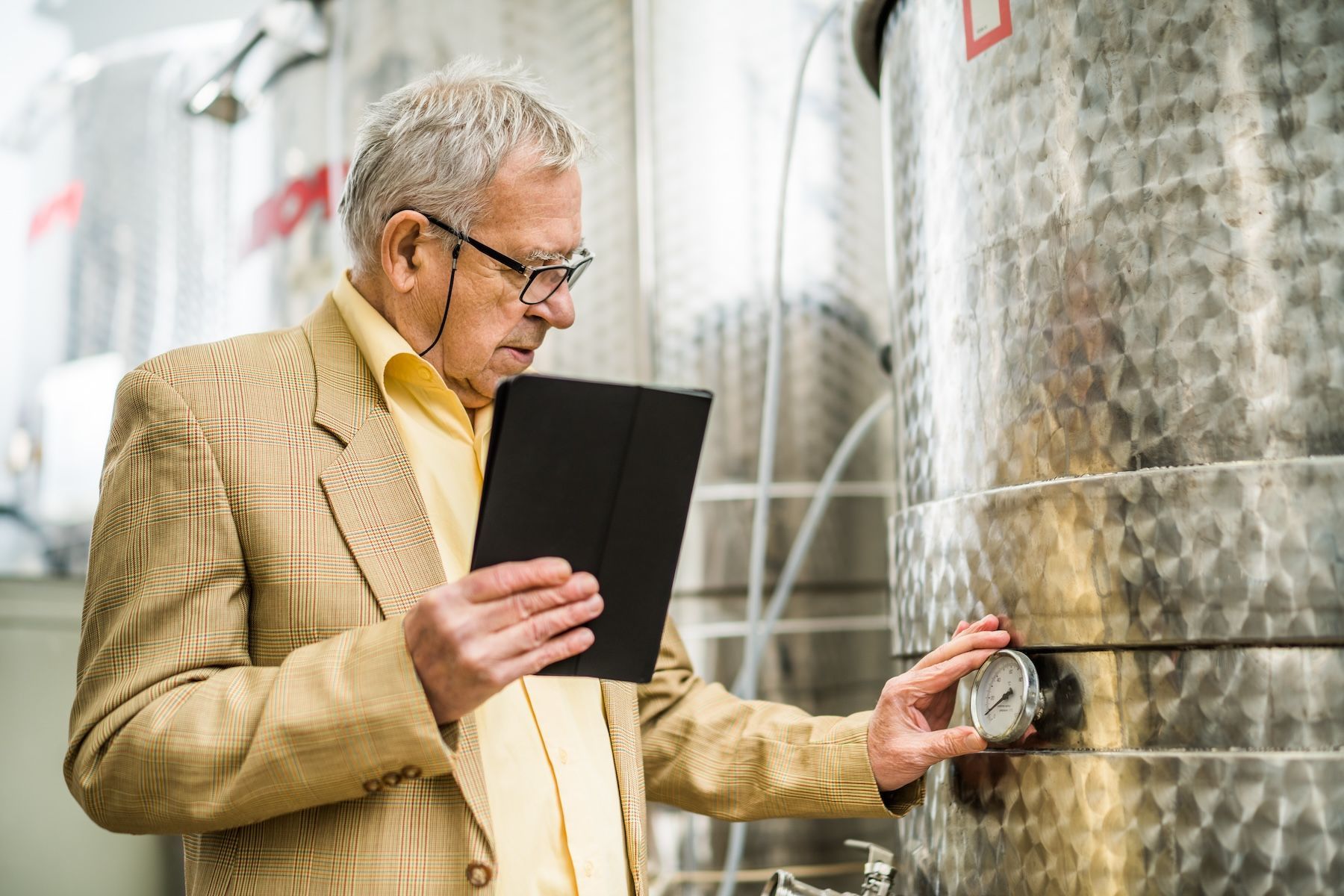
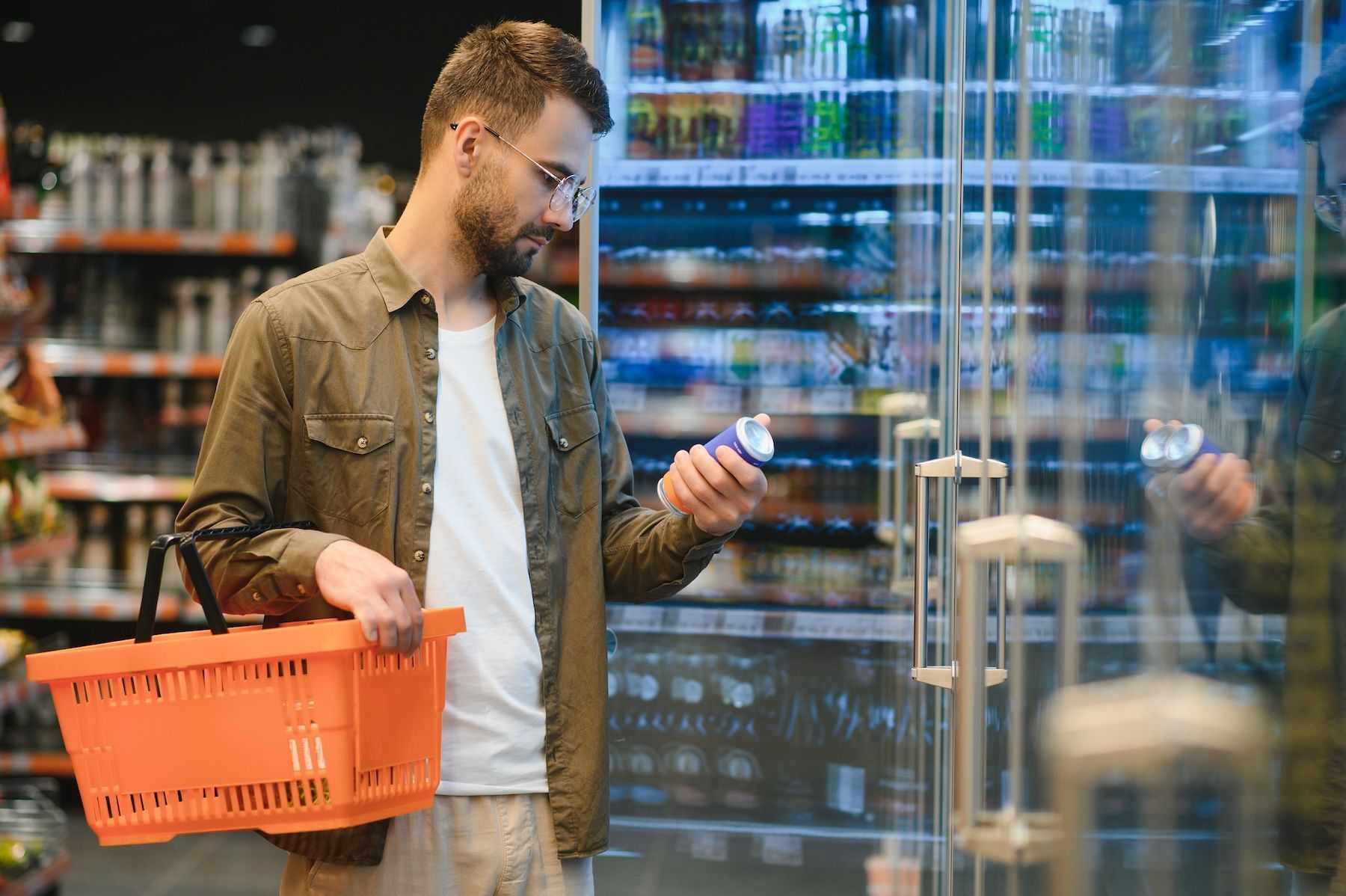

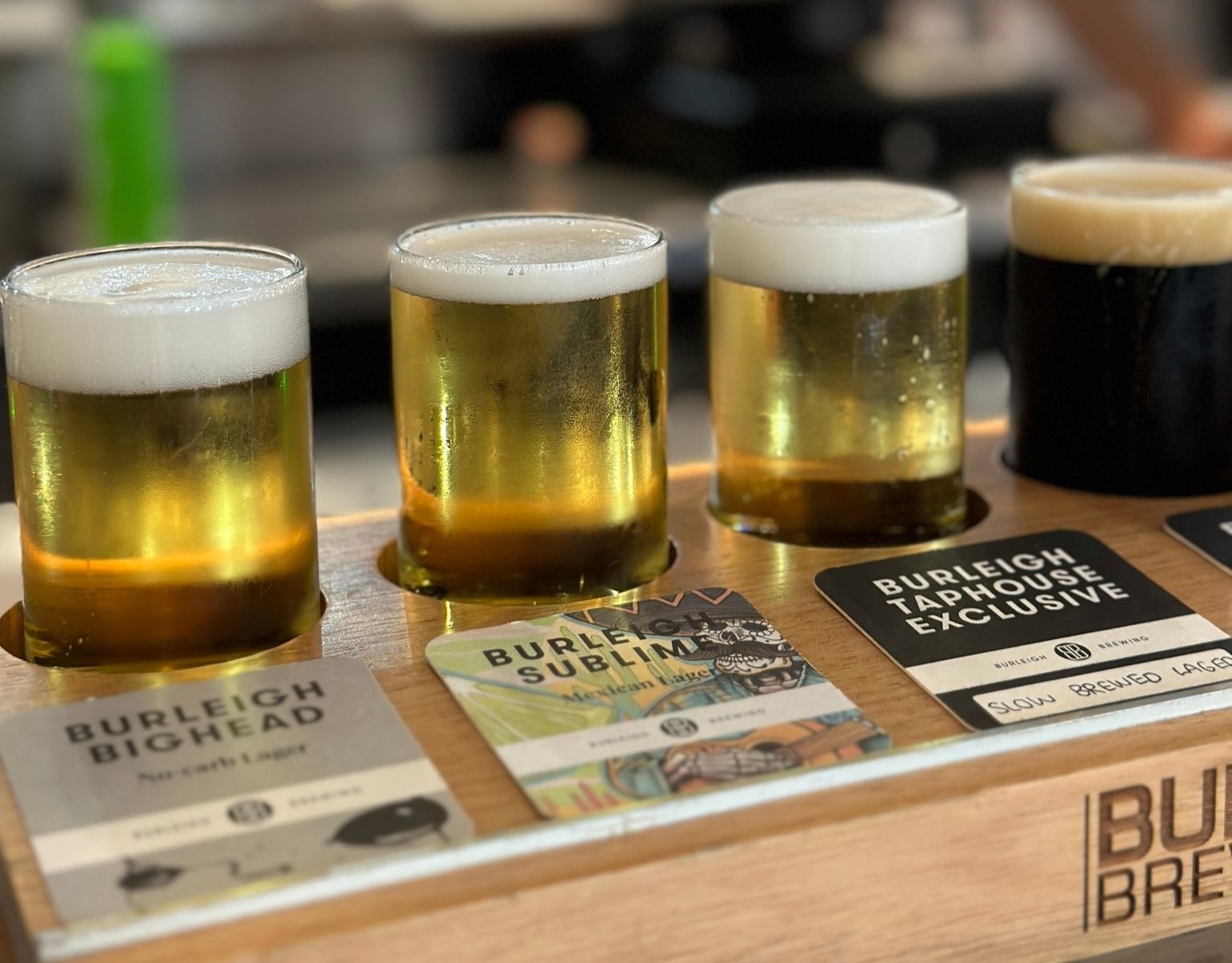
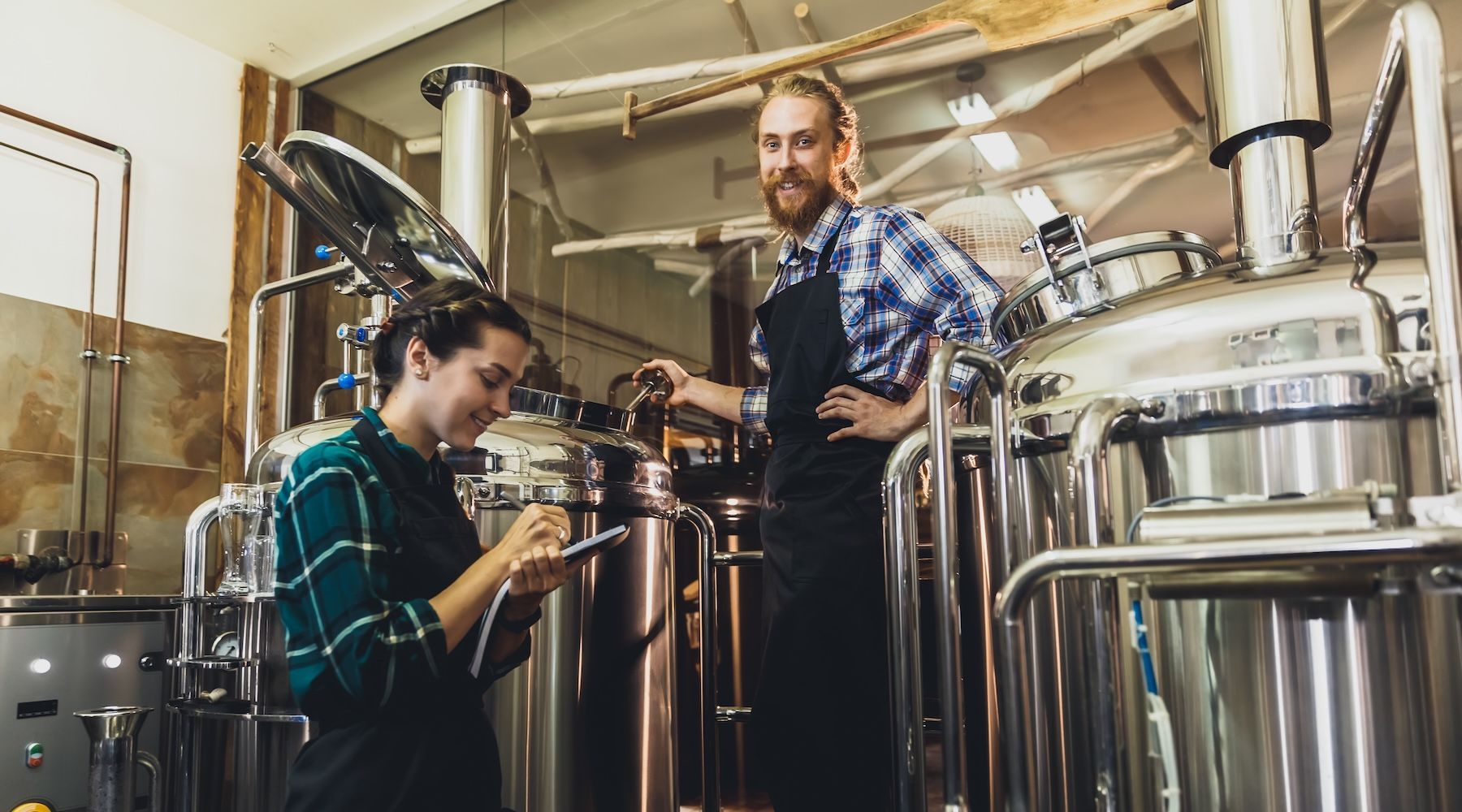
GET IN TOUCH
1512 Larimer Street, Suite #150
Denver, CO 80202
United States
(720) 699-0200
66 Goulburn Street
Sydney, NSW, 2000
Australia
+61 2 9044 1330

